Battle of Ideal vs. Real: The Figure in Nineteenth-Century Art
Teaching Gallery
curator Valsamas, Maxime
Throughout the history of Western art, the human body has been a locus of artistic innovation. During the transformative period of the nineteenth century, artists experimented with alternative ways of representing the body while questioning established conventions. Battle of Ideal vs. Real: The Figure in Nineteenth-Century Art explores those vibrant artistic practices that reinterpreted aesthetic traditions and forged new ones. Featuring works by Honoré Daumier, Edgar Degas, Julien Dupré, Anne-Louis Girodet, and Pierre Puvis de Chavannes, among others, this exhibition incorporates paintings, sculptures, drawings, caricatures, and prints to demonstrate the breadth of this dialogue.
The academies of art in the eighteenth and early nineteenth centuries played an integral role in training artists, imparting to their pupils a preference for heroic bodies. Yet as artists found success outside of academic institutions, they increasingly drew inspiration from everyday bodies and discovered the potential for the body to serve a wider array of artistic expressions and values. By contrasting works that employ classical idioms and those that resist such conventions, Battle of Ideal vs. Real maps some of the ways in which the representation of the figure was contested during this progressive period.
This Teaching Gallery exhibition is curated by Meg Galindo and Max Valsamas, PhD students in the Department of Art History & Archaeology in Arts & Sciences, in conjunction with the course “Introduction to Western Art, Architecture, and Design” offered in summer 2016.
Selected works

A. Casati
Parodie du tableau de la Clytemnestre (Parody of a Painting of Clytemnestra), from La Caricature
23 January 1834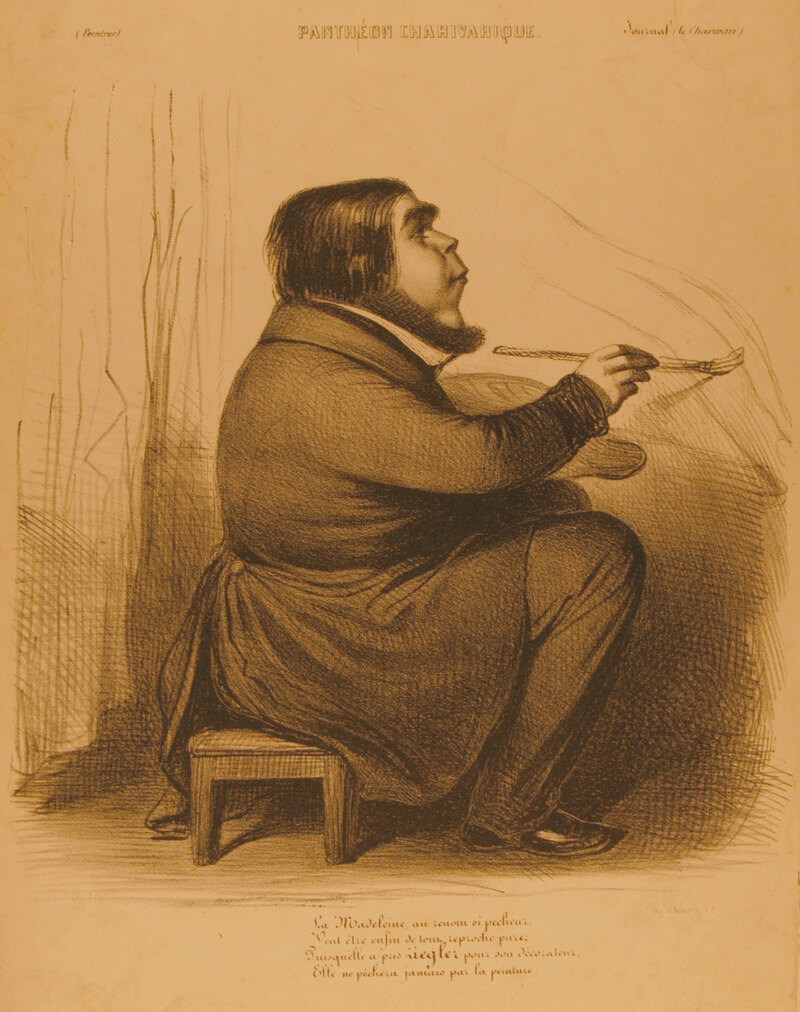
Benjamin Roubaud
La madeleine (Magdalene), from the series Panthéon charivarique (Grotesque Pantheon), published in Le Charivari
August 19, 1839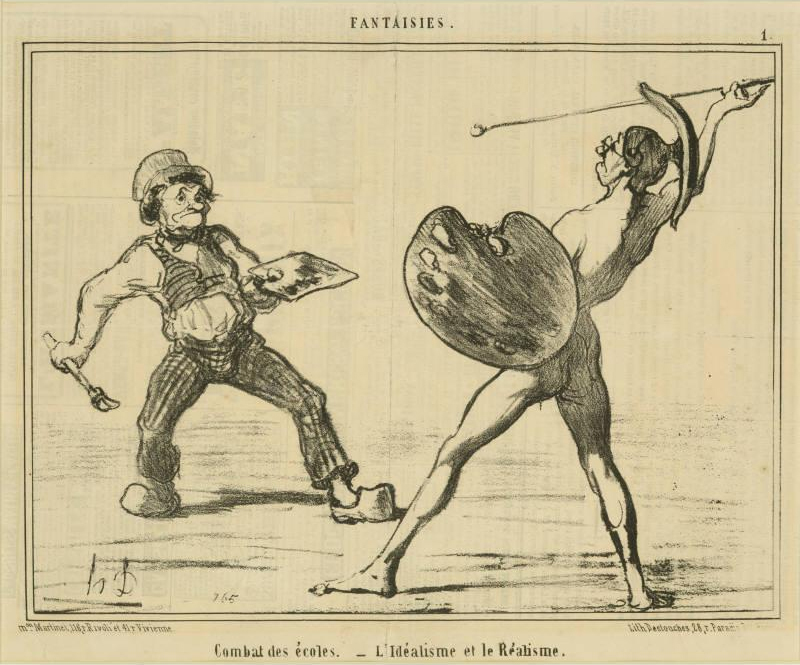
Honoré Daumier
Combat des écoles—L’Idéalisme et le Réalisme (Battle of the Schools—Idealism and Realism), from the series Fantaisies (Fantasies), published in Charivari
April 24, 1855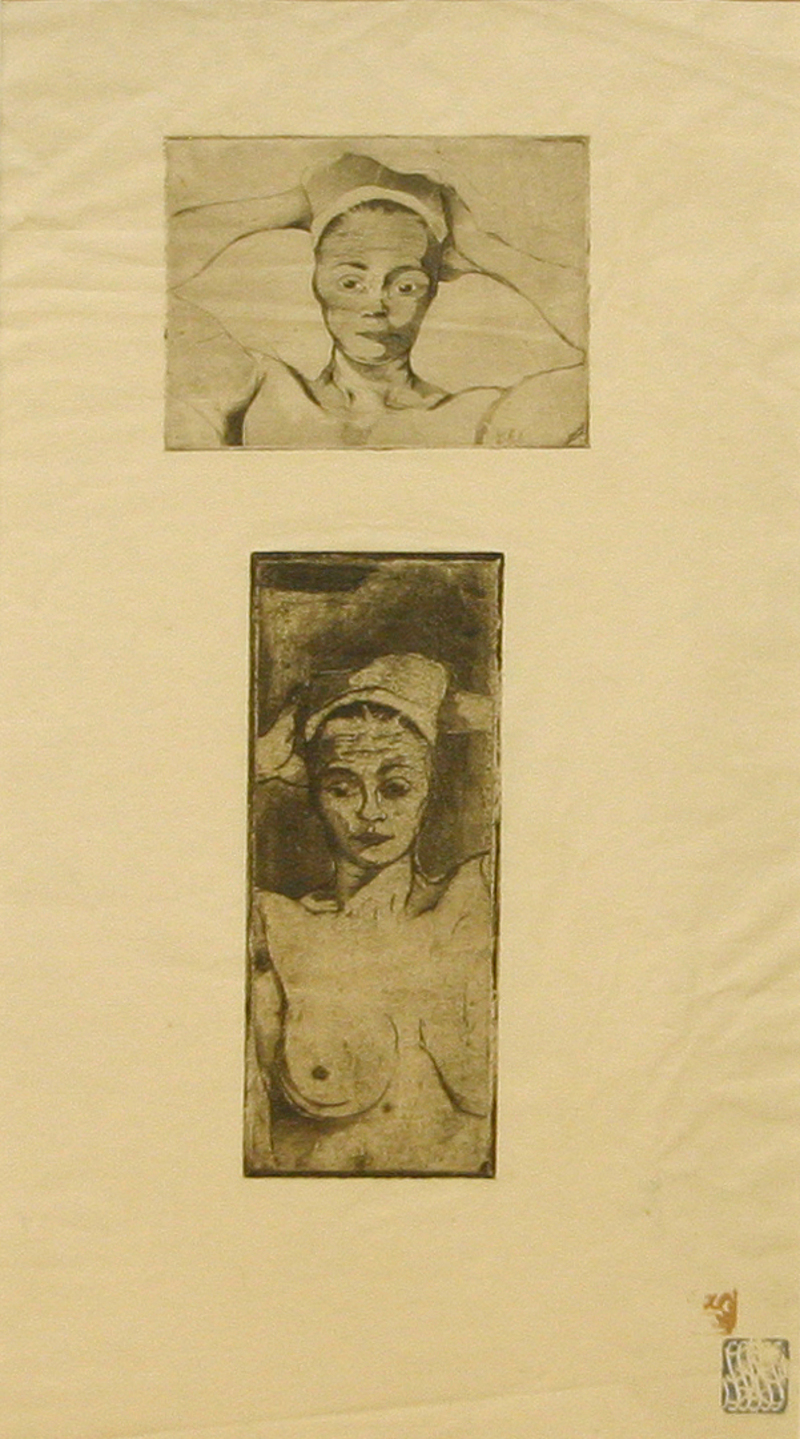
Armand Séguin
Nue avec les mains derrière la tête, horizontale (Nude with Hands behind her Head, Horizontal)
c. 1894
Honoré Daumier
Europe
1867
Edouard de Beaumont
—Comment ça, c’est la Guimard...une fameuse danseuse...mais on ne lui a seulement pas fait de jambes... (—What do you mean, this is Guimard...a famous dancer...but the legs are missing...), published in Le Charivari
c. 1843–66
Jean Veber
La course aux médailles: Association des anciens élèves peintres des ateliers de l’ecole Nationale des Beaux-arts (The Medal Race: Alumni Association of Ancient Painting at the National School of Fine Arts)
1909
Moloch
"POUAH!" ("UGH!"), from the series Les Circulaires de Mr. Thiers (The Bills of Mr. Thiers)
c. 1850–75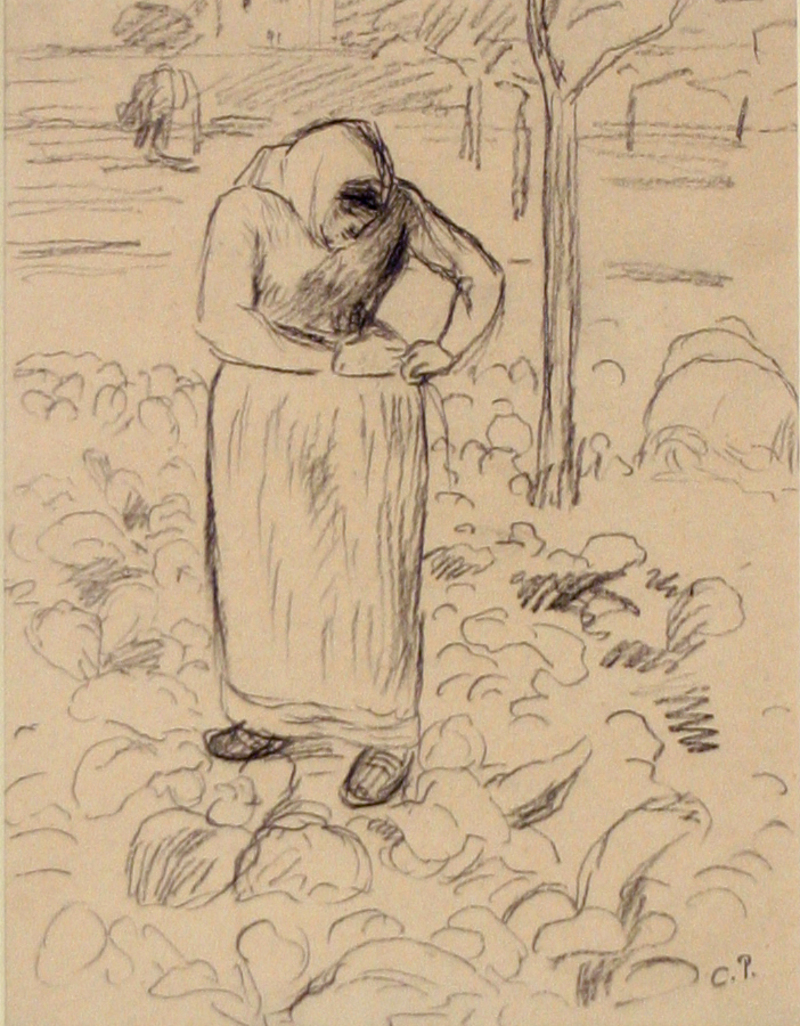
Camille Jacob Pissarro
Peasant Woman in the Field
c. 1880–85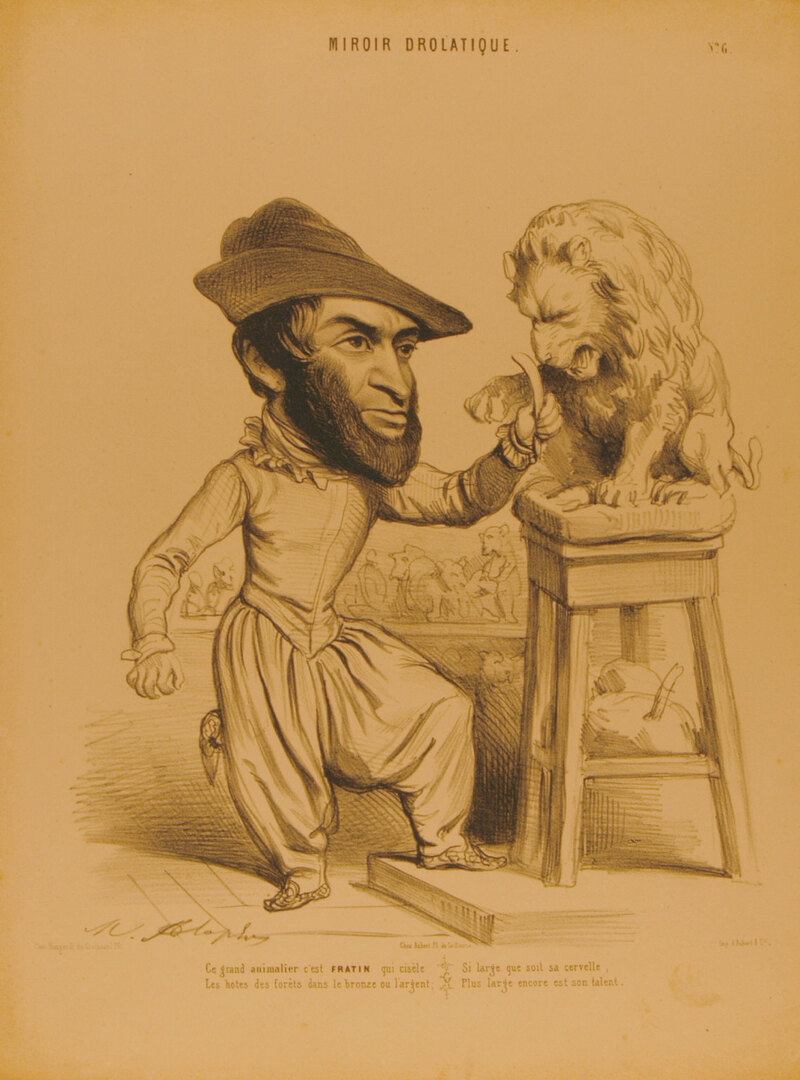
Marie-Alexandre Alophe
Ce grand animalier c’est Fratin qui cisèle / Les hotes des forêts dans le bronze ou l’argent... (This great animalier is Fratin who sculpts the creatures of the forests out of bronze or silver...), from the series Miroir drolatique (Humorous Mirror)
December 11, 1842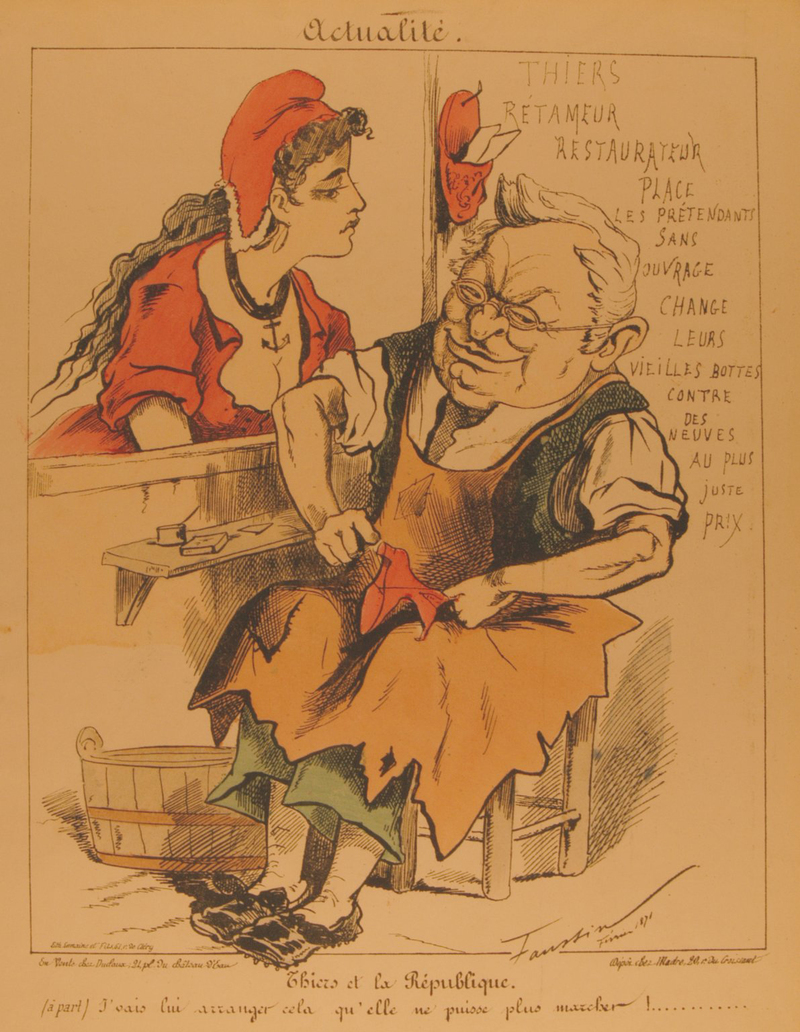
Faustin
Thiers et la République (Thiers and the Republic), from Actualité
1871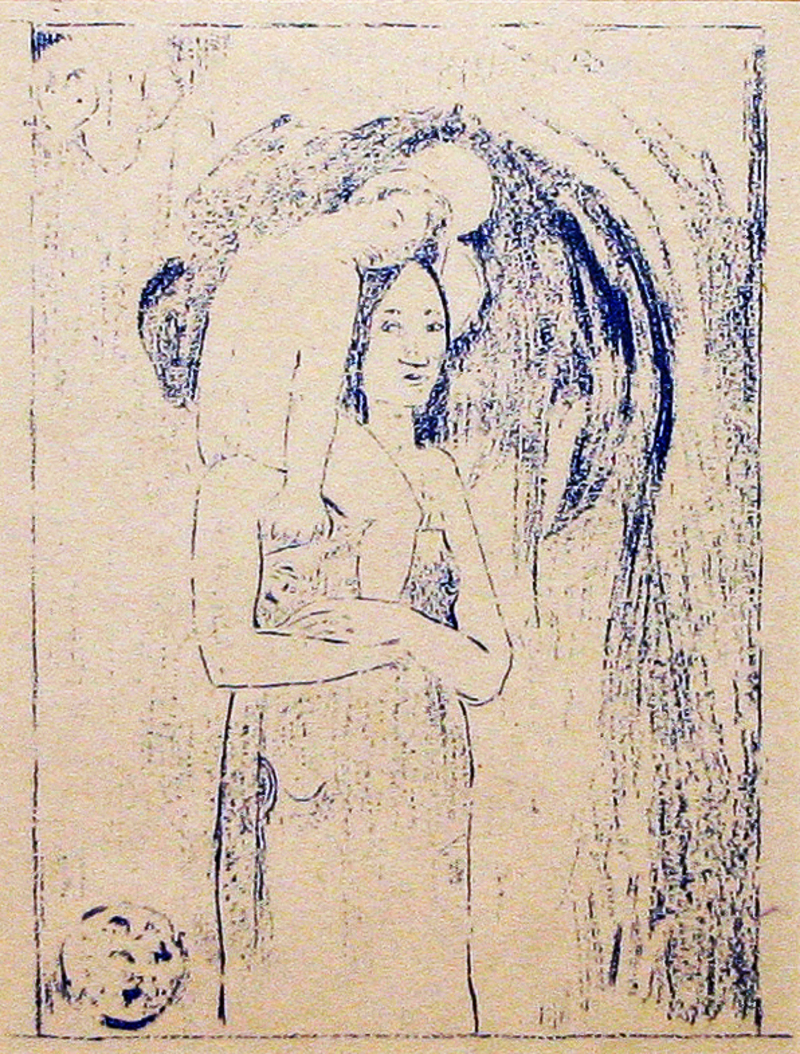
Paul Gauguin
Ia Orana Maria (Je vous salue, Marie) (Hail Mary [I Salute You, Mary])
1893–95
Pierre Olivier Joseph Coomans
The Panic
1871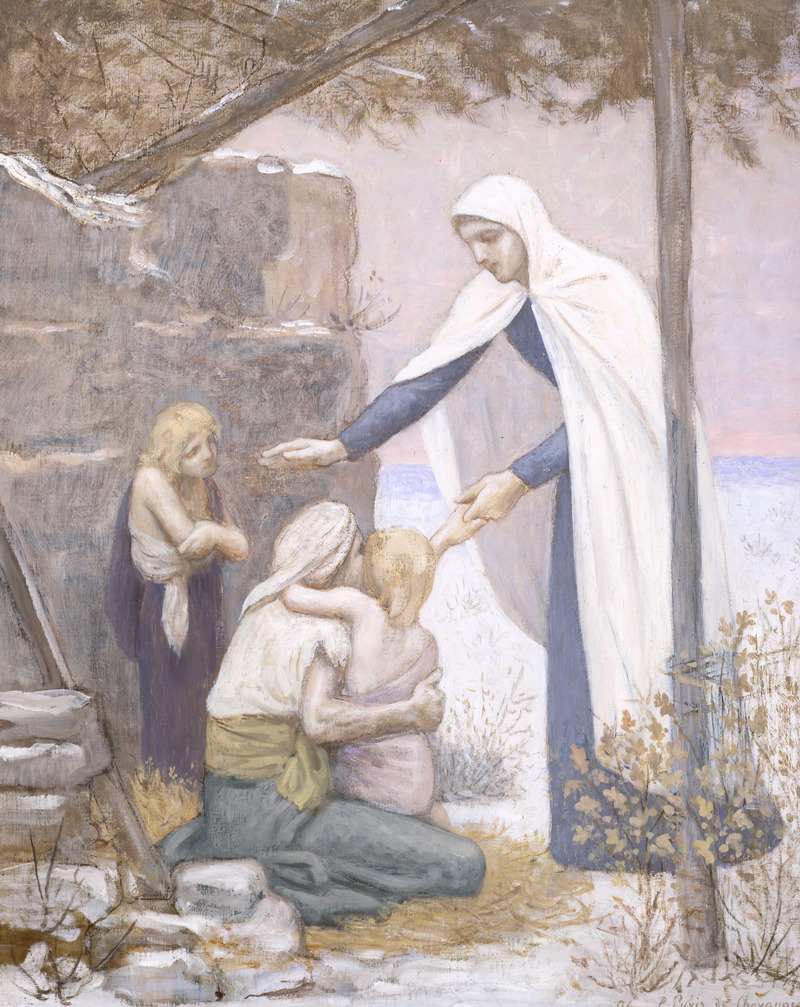
Pierre Puvis de Chavannes
La charité (Charity)
1894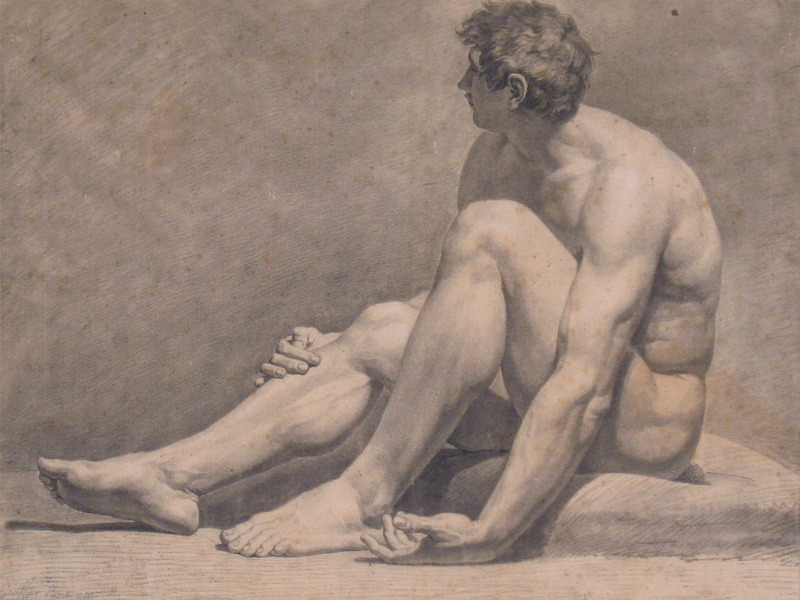
Louis Gauffier
Académie d’homme assis (Seated Male Nude)
1786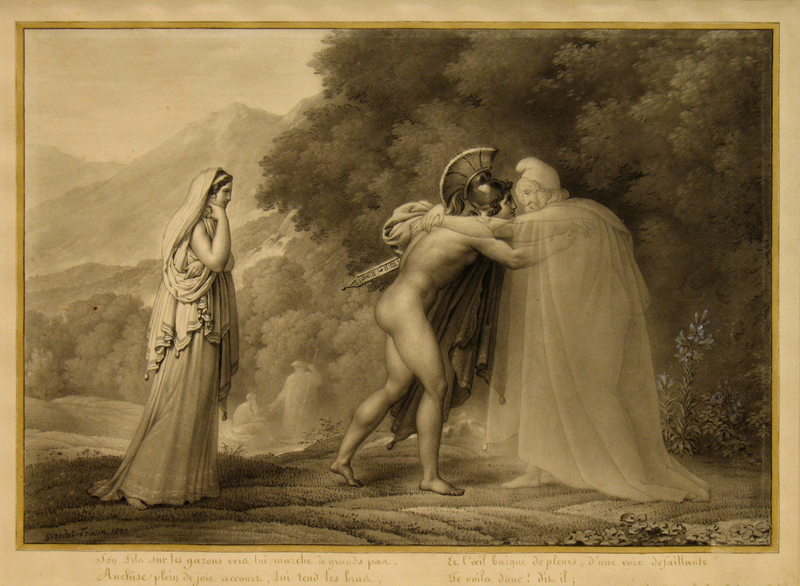
Anne-Louis Girodet de Rouçy-Trioson
The Meeting of Aeneas with Anchises in the Elysian Fields
1820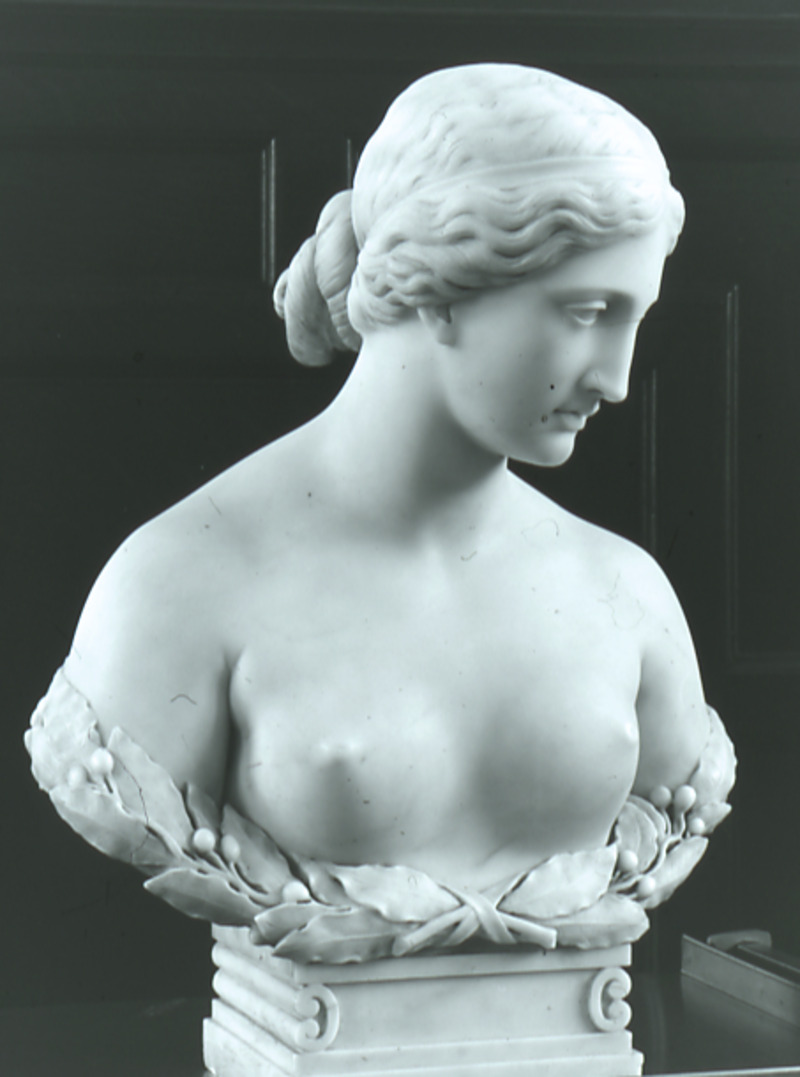
Harriet Hosmer
Daphne
1854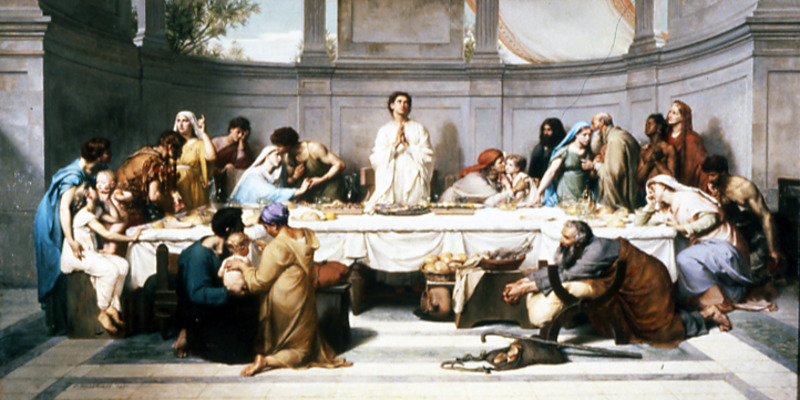
Alexis Joseph Mazerolle
Les agapes (The Love Feast)
1877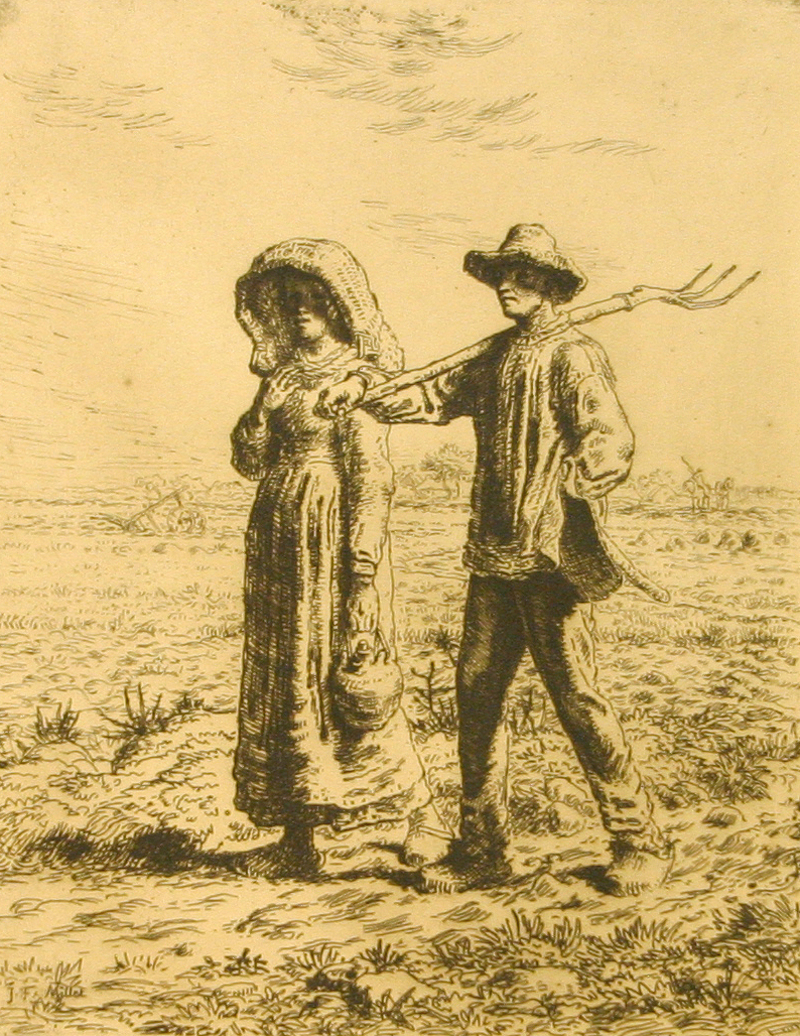
Jean-François Millet
Le départ pour le travail (Going to Work)
1863
Edgar Degas
Torso (Woman Getting out of a Bath)
c. 1896–1911, cast c. 1919–21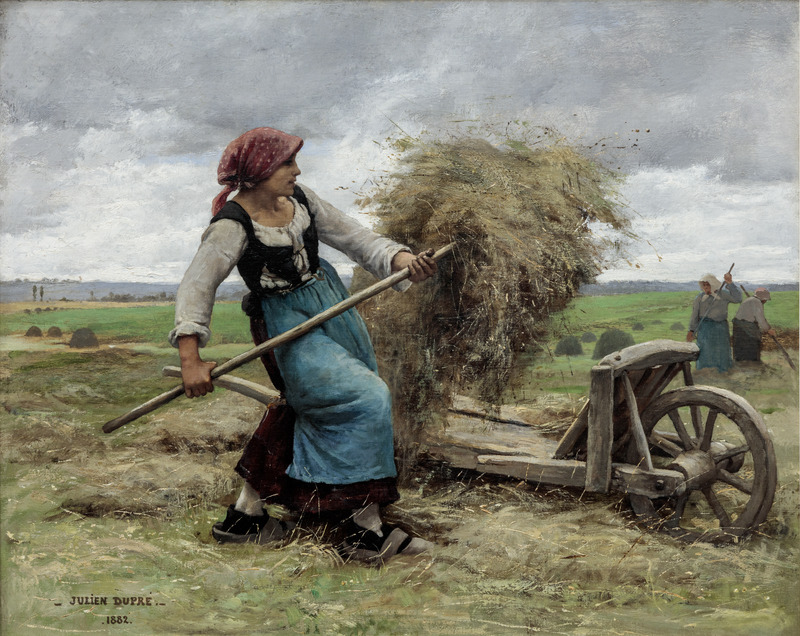
Julien Dupré
Haying Scene
1882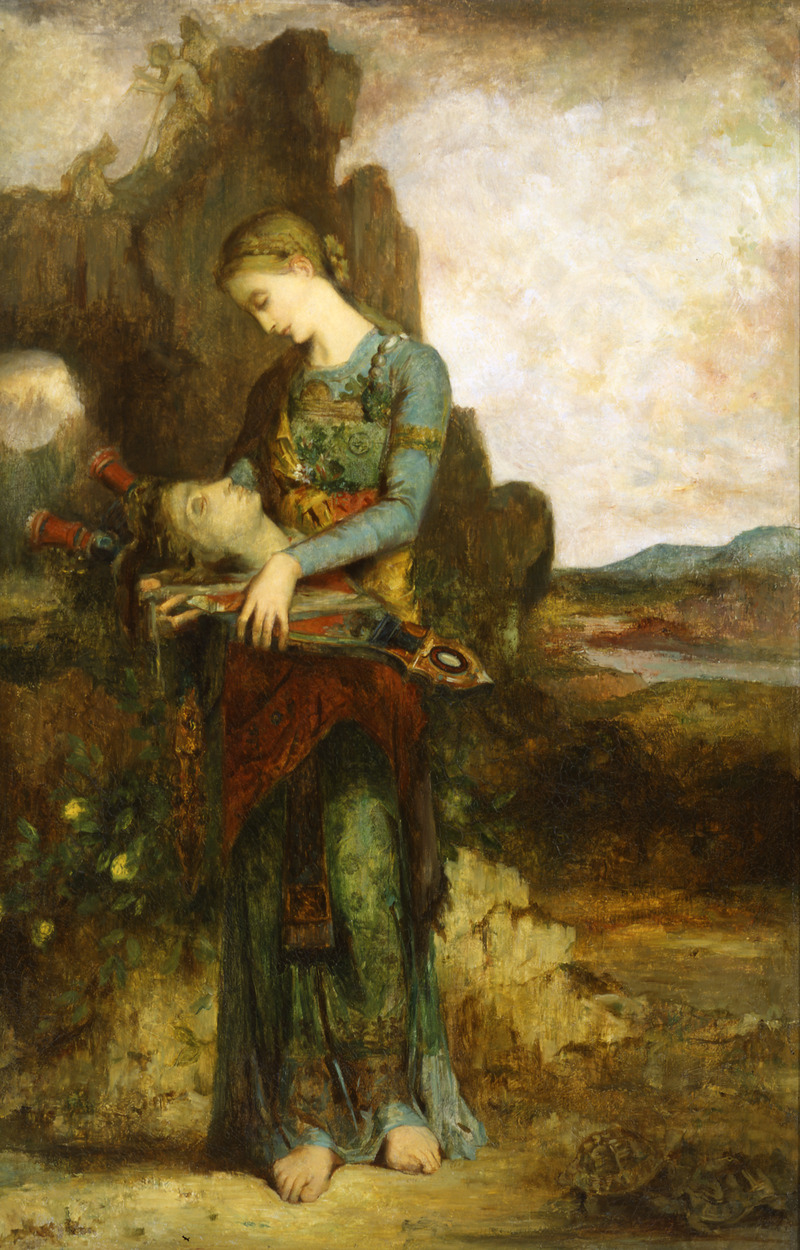
Gustave Moreau
Jeune fille de Thrace portant la tête d'Orphée (Thracian Girl Carrying the Head of Orpheus)
c. 1865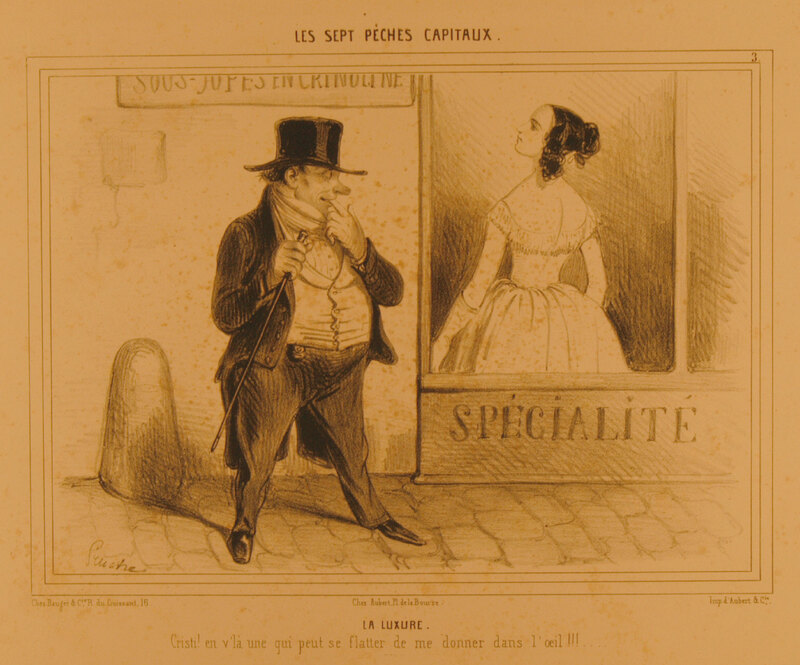
Clément Pruche
La luxure. (Lust), from the series Les sept pêchés capitaux (The Seven Deadly Sins)
after 1841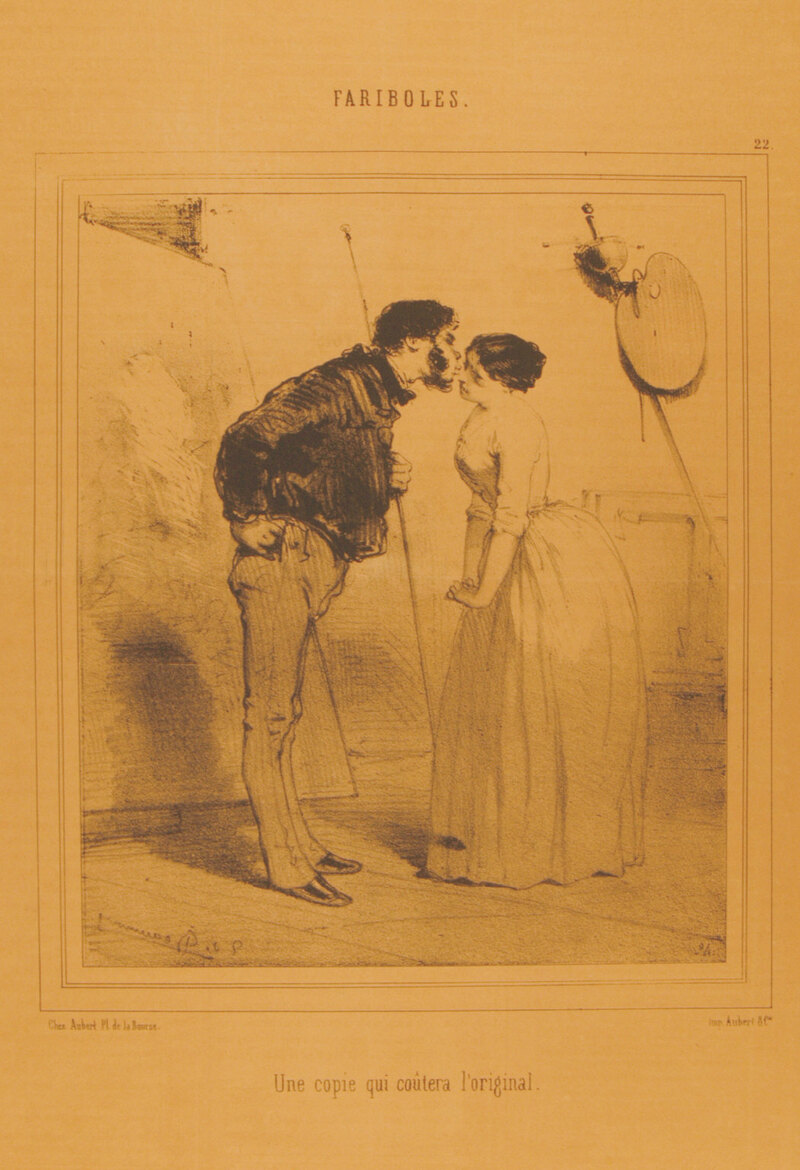
Edouard de Beaumont
Une copie qui coûtera l'original (A copy that will cost the original), from the series Fariboles (Nonsense), published in Le Charivari
October 22, 1849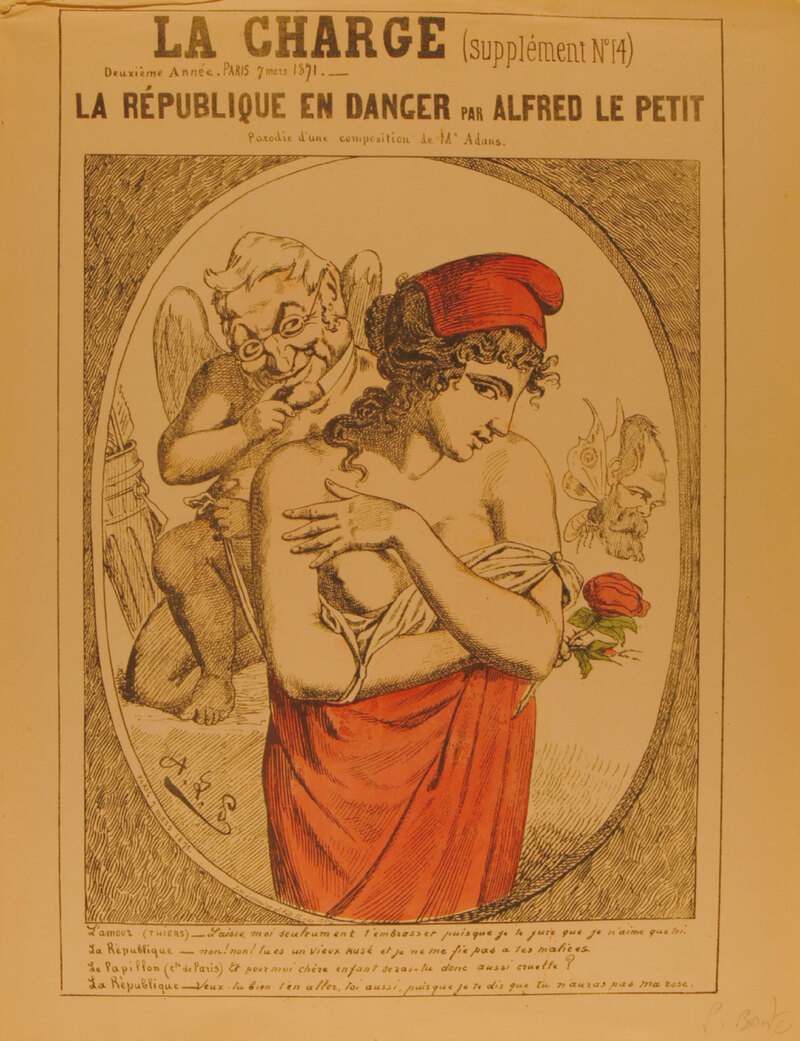
Alfred Le Petit
La République en danger: “L'amour (Thiers)—Laisse moi seuleument t’embrasser puisque je le jure que je n’aime que toi.” (The Republic in Danger: “Love [Thiers]—Just let me embrace you as I swear that you are the only one that I love.”), from La Charge
March 7, 1871
Jacquede
"Voilà le plus bel ouvrage de la France" ("This is the most beautiful artwork wrought by France"), published in La Mode
March 20, 1835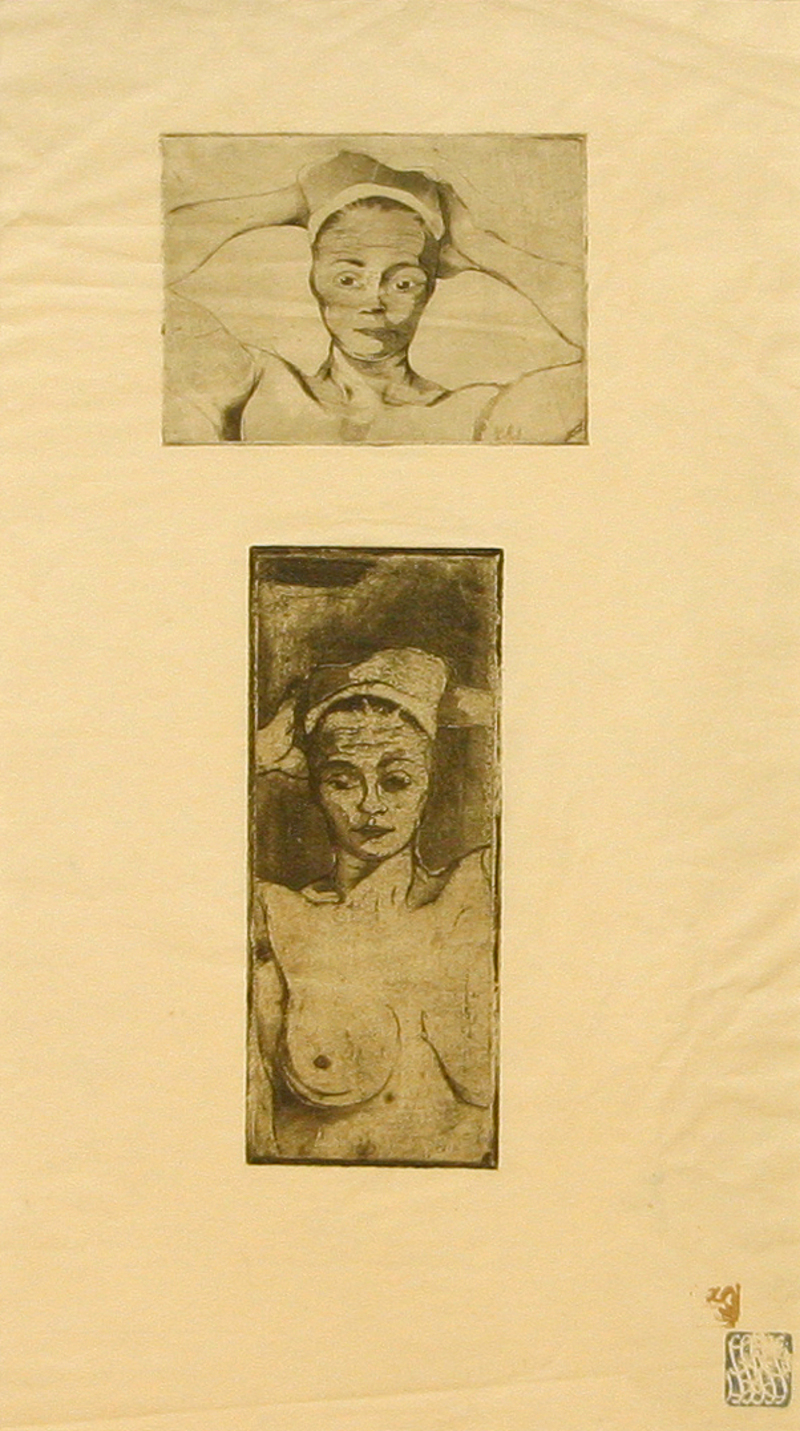
Armand Séguin
Nue avec les mains derrière la tête, verticale (Nude with Hands behind her Head, Vertical)
1894–95Teaching Gallery
The Teaching Gallery is a space in the Kemper Art Museum dedicated to presenting works from the Museum's collection with direct connections to Washington University courses. Teaching Gallery installations are intended to serve as parallel classrooms and can be used to supplement courses through object-based inquiry, research, and learning. Learn more